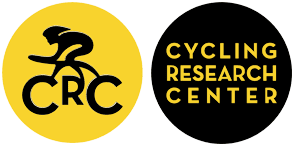FOVEX – An expert system for the detection of overreaching
Abstract
Introduction
Overreaching is defined as a stress-induced (training and non-training) state resulting in the short-term decrement of performance. Overtraining, in contrast, results in a long-term decrement of performance (Kreider, Fry, & O’Toole, 1998). A diagnosis for overreaching can, per definition, be solely made by identifying a reduction in performance (Halson & Jeukendrup, 2004). However, a resulting reduction of training load based on such a diagnosis might not be accepted since some coaches intentionally lead their athletes to fatigued states in order to achieve supercompensation (Halson & Jeukendrup, 2004).
Several studies have investigated factors influencing overreaching and overtraining. However, the number of factors might be too high and, additionally, their individual contribution cannot be fixed to a single formula. What is more, some of these factors, such as the blood-lactate kinetic during a graded exercise test, can only be determined in an invasive manner. Moreover, other parameters, such as the leucocyte number (Mackinnon, 2000), require laboratory equipment for their correct determination. Another drawback of these studies is that most of the parameters were determined after an overloading period i.e. at a moment when it might have been too late to react to the possible overreaching or overtraining in a real-world coaching scenario.
This paper presents the expert system FOVEX for the early detection of a possible overreaching. Expert systems are a special case of knowledge-based systems (KBS) deriving knowledge from facts using rules. They are composed of a knowledge base (initial facts) and an interference engine. Using rules, additional facts can be asserted from the knowledge base and thus a conclusion can be derived.
Methods
The system requires the athletes to send data about their training sessions (for example heart rate and power) and well-being to a server where it is stored and analysed. In addition to their training data, the athletes are required to give answers to a short questionnaire which asks for factors such as perceived exertion, pain and mood state as these parameters have been found to have an influence on overreaching (Le Meur et al., 2013; Mackinnon, 2000).
Based on the data of a training session various metrics are computed. These metrics can include the maximal heart rate during a session HRpeak, Heart rate recovery rate (HRR) after an interval (Aubry et al., 2015). Changes in these parameters indicate symptoms of overreaching. Another parameter is the training load of each session which is also computed as an accumulated metric, i.e. the weekly training load as an increase in training load is a factor contributing to overreaching.
From these metrics and parameters the rules from the KBS are used to derive facts such as “Performance decrease” and “HRR increase”. Based on these facts additional rules are then used to check whether there is an indication for overreaching. In case that an athlete shows signs of overreaching due to the newly added data, the coach receives a notification.
Results
The system was evaluated using the data provided by Aubry et al. The findings of the study were transformed into rules as follows: Since decreased performances in the laboratory test were used as main predictor for the classification of overreaching by Aubry et al., the provided peak power output was set to be monitored for decreases. The main finding of the study was that the overreaching athletes “demonstrated a very large increase in HRR” (Aubry et al., 2015), so these values were monitored for increases. Additionally, HRR60s (heart rate 60 seconds after cessation of the test) and HRpeak values were monitored for decreases. Using these four assertions the system was able to classify all 31 datasets correctly as “overreached” or “not overreached” according to the classification by Aubry et al.
Discussion
The presented system derives a warning for possible overreaching from training data and data about the mood state as well as pain of the athlete. Rather than a post-hoc classification of athletes as overreaching, FOVEX aims at providing coaches a tool to detect early warning signs and thus avoid complications posed by overreaching.
Downloads
Published
How to Cite
Issue
Section
Copyright (c) 2018 Journal of Science and Cycling

This work is licensed under a Creative Commons Attribution-NonCommercial 4.0 International License.
Authors contributing to Journal of Science and Cycling agree to publish their articles under a Creative Commons CC BY-NC-ND license, allowing third parties to copy and redistribute the material in any medium or format, and to remix, transform, and build upon the material, for any purpose, even commercially, under the condition that appropriate credit is given, that a link to the license is provided, and that you indicate if changes were made. You may do so in any reasonable manner, but not in any way that suggests the licensor endorses you or your use.
Authors retain copyright of their work, with first publication rights granted to Cycling Research Center.






